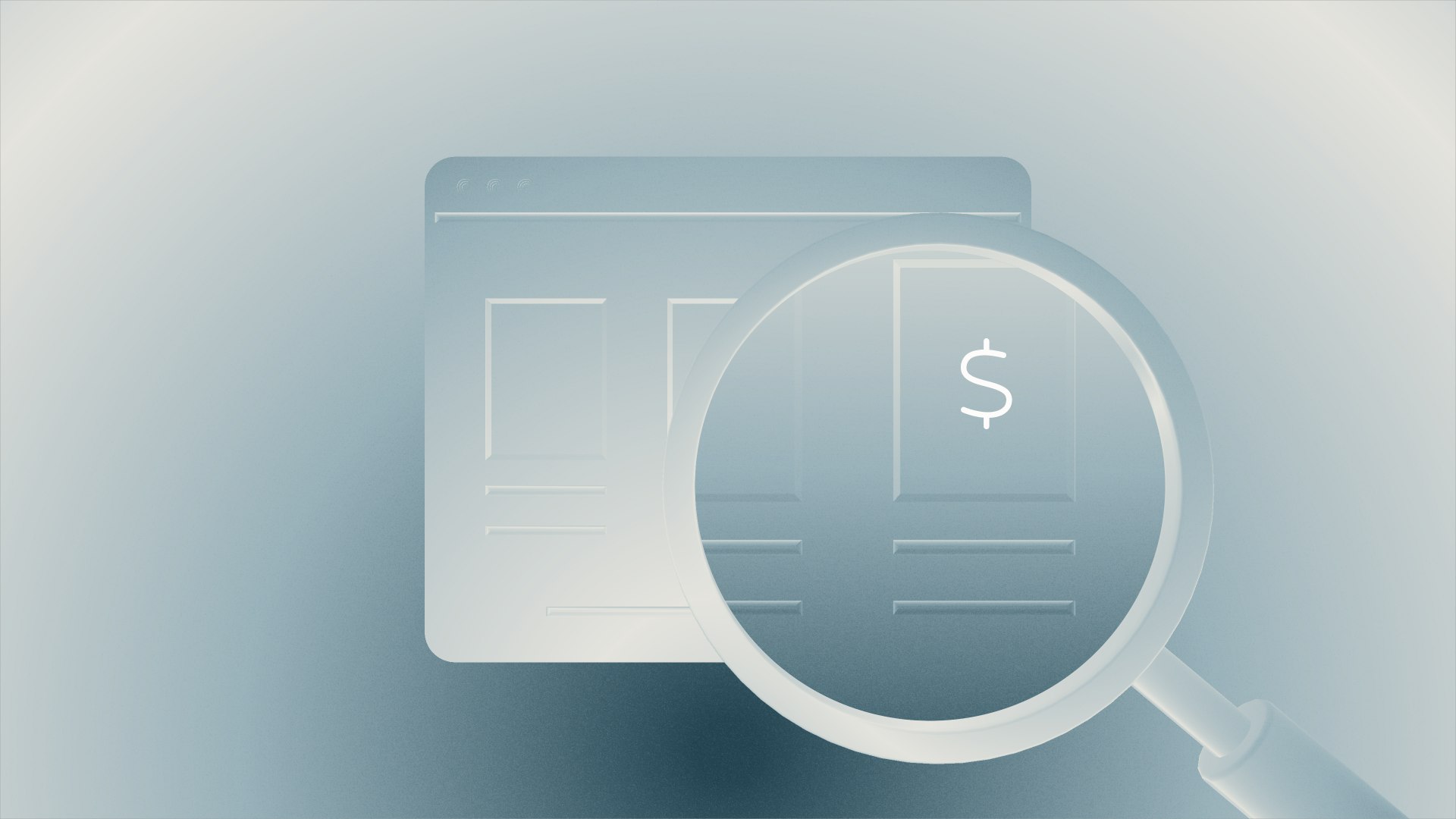Assets, liabilities, and equity explained: A guide for founders

If you can understand assets, liabilities, and equity, you can understand your company’s true financial position. These three building blocks form the foundation of your balance sheet (AKA the snapshot investors, lenders, and even you as a founder rely on to gauge the health of your business).
The challenge is that most of us who aren’t in finance don’t learn this language until we have to. That might be during a fundraising round, when preparing taxes, or while making a big strategic decision. But as a business owner, understanding these terms upfront gives you a clearer picture of where your company stands and the confidence to make smarter choices in all of these arenas.
In this article, we’ll break down assets vs. liabilities vs. equity in practical, plain-English terms, showing you how they fit together through the accounting equation.
The accounting equation
At the heart of every balance sheet is a simple formula:
Assets = Liabilities + Equity
Think of this formula as the foundation of your business finances. Everything your company owns (assets) is funded either by what you owe (liabilities) or by the value left over for you and your shareholders (equity).
This equation matters because it keeps your books in balance. If your assets grow, it’s because you’ve either taken on more liabilities, like a loan, or you’ve increased equity by reinvesting profits or raising capital. On the flip side, if liabilities increase without a corresponding rise in assets, that’s a warning sign your business might be overextended.
Understanding this simple relationship makes reading the rest of your balance sheet far less intimidating. Once you know how assets, liabilities, and equity fit together, you can start to see the bigger picture of your company’s financial health.
What are assets?
Assets are everything your business owns that has value. They’re the resources you can use to run operations, generate revenue, or secure financing. For a startup, that might include cash in the bank, laptops for your team, or invoices you’re waiting to collect. Larger businesses might add equipment, real estate, or even patents to the list.
There are a few key ways to categorize assets:
- Tangible vs. intangible assets: Tangible assets are physical things you can touch, like office furniture, vehicles, or inventory. Intangible assets, on the other hand, don’t have a physical form but still carry value, such as trademarks, software, or intellectual property.
- Current vs. long-term assets: Current assets can be turned into cash within a year (think cash, accounts receivable, or short-term investments). Long-term assets are held for the longer haul, like real estate or machinery.
By understanding what qualifies as an asset and how assets are grouped, you can get a clearer view of your company’s overall strength and how quickly you could access funds if needed.
What are liabilities?
Liabilities are what your business owes, or the financial obligations you’re responsible for paying back. These are the claims other parties have on your assets, whether that’s a bank, the government, or your vendors. Common examples include credit card balances, payroll taxes, unpaid bills, and loans.
Like assets, liabilities fall into two main categories:
- Short-term liabilities: These are obligations due within a year, such as accounts payable, wages, or upcoming tax payments. They’re part of the day-to-day operations and affect your immediate cash flow.
- Long-term liabilities: These stretch beyond a year and usually involve larger financial commitments, like business loans, mortgages, or bonds payable.
Recognizing your liabilities is key to understanding the true cost of running your business. It shows not just what resources you have, but also what’s already spoken for.
What is equity?
Equity represents the portion of your business that belongs to you or your shareholders after liabilities are subtracted from assets. Put simply, it’s the value left over once debts are paid, also known as the “net worth” of your company.
There are two common ways equity shows up:
- Owner’s equity: In small businesses or sole proprietorships, this reflects the owner’s direct stake in the company. It changes as profits are reinvested or as money is withdrawn by the owner.
- Shareholder equity: In corporations, equity is distributed among shareholders. It can grow when new shares are issued or when profits are reinvested into the business.
Equity isn’t static. It changes over time with profit, losses, new investment, or owner withdrawals. Tracking equity is crucial because it tells you not just what your business owns or owes, but how much of it actually belongs to you.
Visualizing it all: Sample balance sheet
To see how assets, liabilities, and equity fit together, let’s look at a simple balance sheet for a fictional SaaS startup:
Startup Co. Balance Sheet (as of December 31)
- Assets
- Cash: $50,000
- Accounts receivable: $20,000
- Equipment: $15,000
- Total assets: $85,000
- Liabilities
- Credit card debt: $5,000
- Accounts payable (vendor bills): $10,000
- Bank loan: $20,000
- Total liabilities: $35,000
- Equity
- Founder’s investment: $30,000
- Retained earnings: $20,000
- Total equity: $50,000
Notice how the totals balance:
Assets ($85,000) = Liabilities ($35,000) + Equity ($50,000).
Even in this simplified example, you can see the accounting equation at work. The company’s $85,000 in assets is financed partly by what it owes ($35,000 in liabilities) and partly by what belongs to the founder ($50,000 in equity).
This basic view strips away the complexity to show the big picture: how resources are being used, what obligations exist, and what’s truly owned by the business. Of course, balance sheets can become far more complex than this simple example. To dive deeper, read our article on building a balance sheet.
Why it all matters for founders
You may be thinking, “isn’t this why I hire an accountant?” And to that, the answer is yes — your accountants should have this covered. But as a business owner, understanding assets, liabilities, and equity is less about getting in the financial weeds and more about being able to make informed business decisions. These numbers show up everywhere that matters: in investor decks, in tax filings, in loan applications, and in the day-to-day decisions you make about hiring, spending, or raising capital.
When your books are clean, the insights are clearer. You’ll know whether your growth is fueled by sustainable equity or mounting liabilities, whether you have enough current assets to cover upcoming expenses, and whether your business is positioned to weather challenges or attract investment.
At the end of the day, the accounting equation is more than a formula. It’s a lens through which you can see your company’s true financial position and a gateway to making confident decisions for future growth.
Building confidence in your balance sheet
Assets, liabilities, and equity are the three pillars of your business’s financial picture. Once you understand how they connect, the balance sheet shifts from something intimidating into a practical tool for decision-making.
At Mercury, we make it easier for founders to keep their finances clear and accessible. Explore our balance sheet template for startups and small businesses to start putting these concepts into practice today.
Related reads

5 bookkeeping mistakes founders make — and how to avoid them

Writing your first startup treasury policy

How to reduce operating expenses
